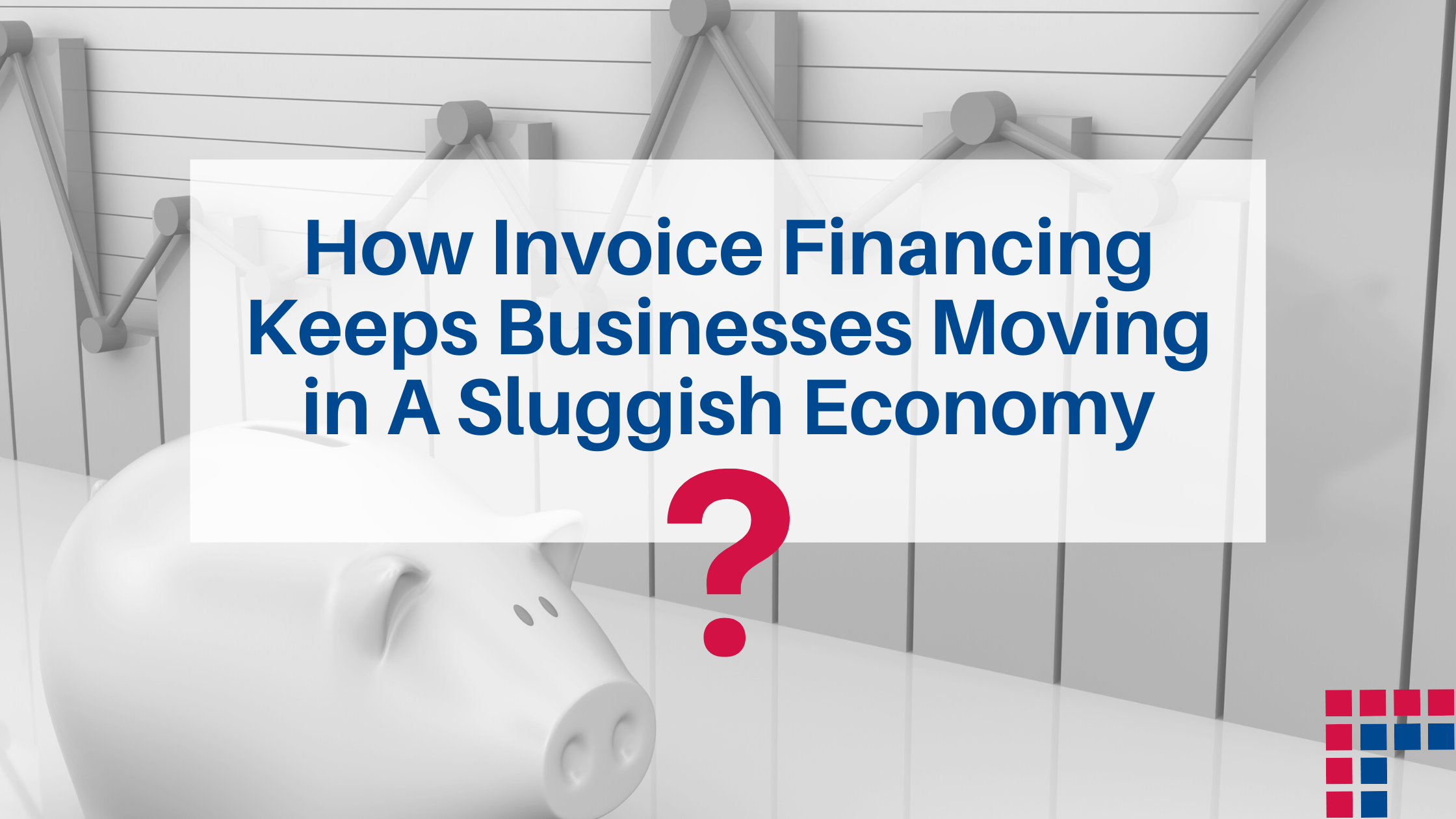Although for most of the world life has settled into a new, post-Covid normal, the world of retail and wholesale are still suffering from the impact of the pandemic. With supply delays and product shortages proving to be ongoing issues, many businesses have started utilising invoice financing to combat the effects; and it’s working.
Invoice financing is growing rapidly in popularity and it could help your business too. In recent data released by NAB, the use of invoice financing has increased by a staggering 22% in the past year; the largest portion of users being businesses in the retail and wholesale trade industries.
This service offers businesses the ability to access up to 90% of the value of their invoice in as little as 24 hours; allowing them to continue floating their operations despite slow-paying customers. This means that businesses no longer have to struggle with financing stock turnover or paying their staff.
Michael Saadie, Executive Business Metro, is passionate about helping small to medium enterprises (SME) with invoice financing.
“Ultimately, the quicker a business gets cash in the door, the faster suppliers get paid and the faster our economy moves.”
Invoice financing is particularly supportive for small or new businesses due to its limited requirements to secure. For those with little to no assets with which to secure finance against, raising additional capital is near impossible. However, invoice factoring does not require assets to be offered as collateral, making it an accessible and effective cash-flow solution for businesses of all sizes.
On top of supply issues, the return to operations by the Australian Tax Office (ATO) is causing many businesses to suddenly find themselves struggling with cash flow. From 2020 to early 2022, the ATO not only took a break from their usual debt-collecting activities, but they handed out support payments, too. However, now that their aggressive collection tactics have resumed and the relief payments have ended, cash flow issues have ensued for many SMEs.
“During Covid, the average advance rate of total invoice value dipped to under 50% of the facility availability, as the ATO was not collecting tax… Now that the ATO has come knocking – businesses are looking for ways to improve their cash flow in order to meet their statutory debt obligations”.
Invoice financing is about accessing tomorrow’s cash today so that businesses can not only continue to operate but can invest in growth, too.
References
Nab. ‘Invoice Finance Keeps The Economy Moving Despite Supply Chain Constraints’, Nab, Online, 2022, https://news.nab.com.au/news/invoice-finance-keeps-the-economy-moving-despite-supply-chain-constraints/ (Accessed 26 September 2022)
Dickinson, P. ‘Supply Chain Backlogs Boost Invoice Finance Demand’, MPA, Online, 2022, https://www.mpamag.com/au/news/general/supply-chain-backlogs-boost-invoice-finance-demand-nab/411871 (Accessed 26 September 2022)

Facebook
Twitter
LinkedIn


